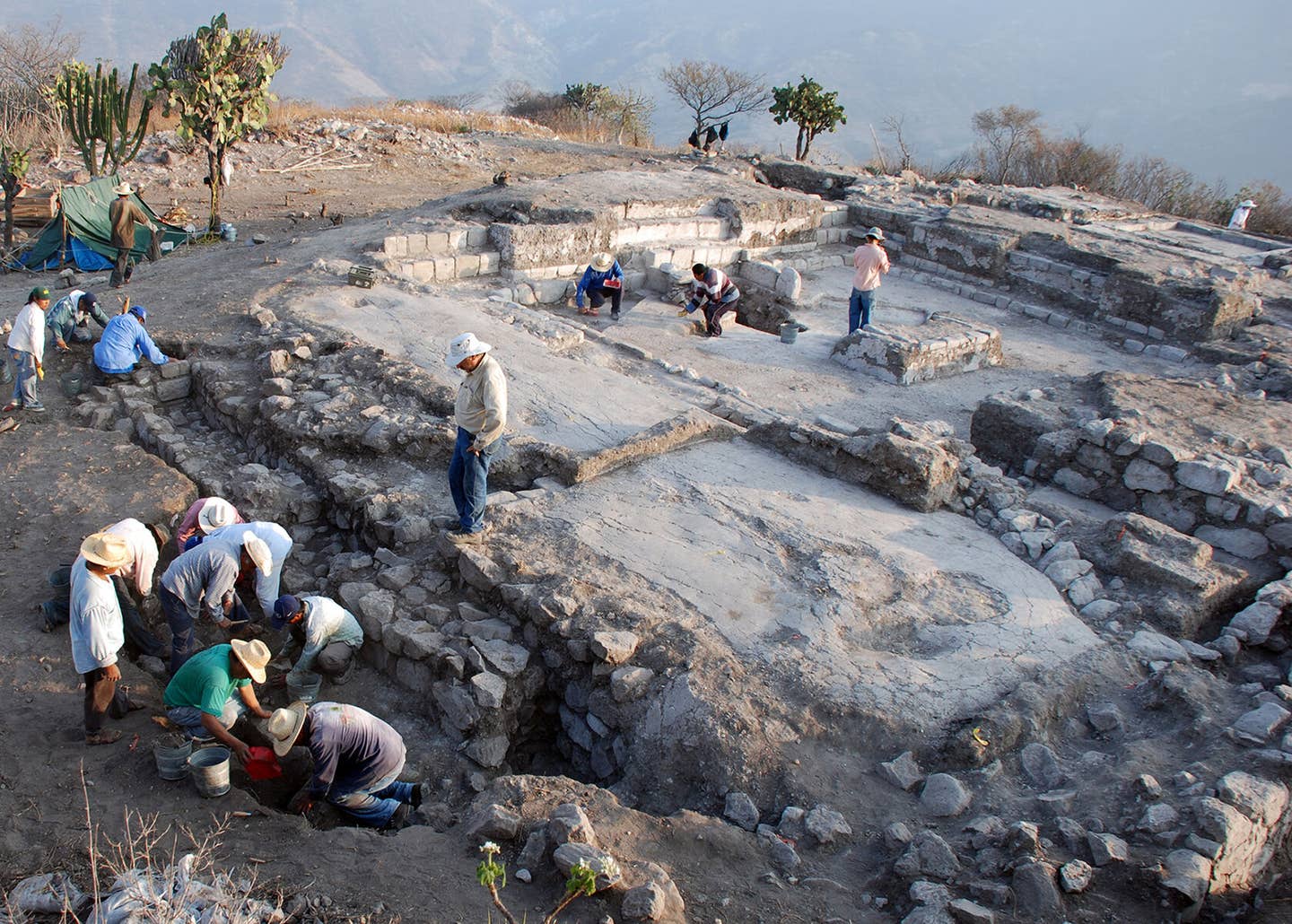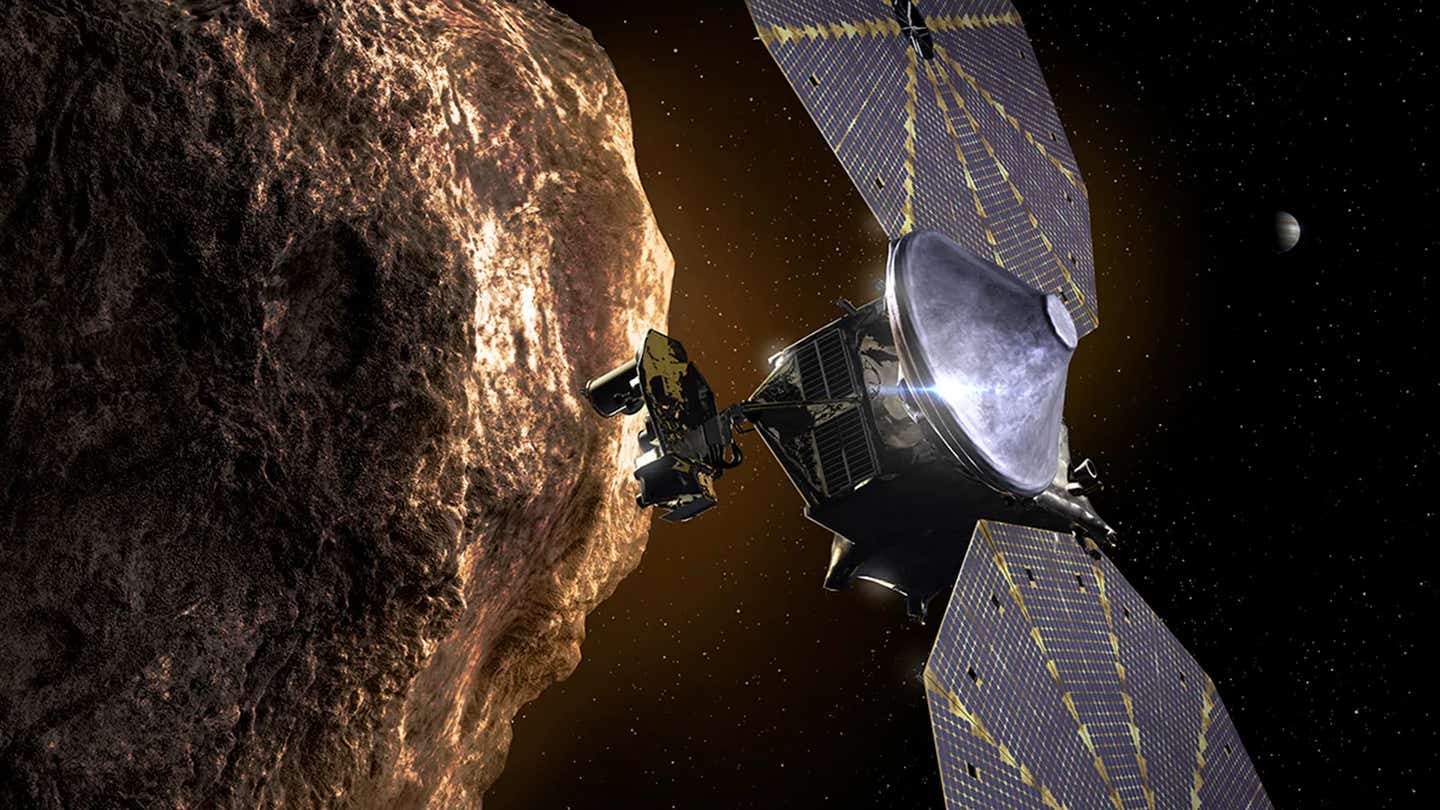Ancient house sizes reveal 10,000 years of global wealth inequality
New global data reveals inequality has deep roots—but it wasn’t inevitable, offering lessons for a fairer, more sustainable future.

Gary Feinman directing the excavations in the Platform 11 residence in El Palmillo. (CREDIT: Linda Nicholas and Gary Feinman)
Across the last 10,000 years, inequality has followed no single path. Instead of a straight rise tied to farming, population booms, or cities, the divide between rich and poor has ebbed and flowed depending on a wide mix of choices, systems, and circumstances.
This discovery, backed by an enormous new dataset, challenges long-held assumptions that economic disparity always grows with human progress. It also points to a powerful idea: that inequality is not inevitable.
A Global Look at the Past
An international team of researchers, including archaeologists, anthropologists, and historians, dug deep into one of the biggest archaeological datasets ever compiled. They examined over 50,000 residential structures from nearly 3,000 archaeological sites across six continents. The method? Measuring house sizes. In nearly all time periods, the size and elaborateness of homes were found to reflect wealth.
By using these house sizes, researchers calculated something called the Gini coefficient—a number between 0 and 1 that measures how evenly wealth is distributed. A value closer to 0 means more equality, while a value near 1 means more inequality.
This approach let scientists compare economic differences across different places and times, including societies that existed long before writing systems or formal governments.
Washington State University archaeologist Tim Kohler, who co-edited the project’s findings in a special issue of Proceedings of the National Academy of Sciences, said, “Many people imagine early societies as egalitarian, but our research shows wealth inequality took root surprisingly early.”
It wasn’t one sudden shift. Instead, inequality started to grow around 1,500 years after agriculture took hold in different regions. As communities settled down and grew larger, competition for land, water, and labor began to intensify. Wealth began to concentrate—especially in areas with dense populations and more complex political systems.
Related Stories
What House Size Says About the World
House size doesn’t tell the whole story of wealth, but it's a strong signal. Larger houses usually had thicker walls, better materials, and more elaborate construction. These differences are consistent across cultures, according to Gary Feinman of the Field Museum in Chicago. He led one of the study’s key papers, which compared patterns of inequality across time and space.
Feinman said, “Variability in the sizes of houses may not be the full extent of wealth differences, but it's a consistent indicator of economic inequality that can be applied across time and space.”
Feinman’s work showed that inequality didn’t rise in a simple upward curve. Some regions had sharp divides; others remained relatively balanced. And even when populations grew or systems became more complex, the level of inequality didn’t always increase. Instead, other forces came into play.
The presence of strong governing institutions, social norms promoting fairness, or technologies that helped share resources often slowed inequality’s climb. In fact, some innovations reduced it. For example, the spread of iron tools in certain societies gave more people access to essential resources, leveling the economic playing field.
Inequality and Settlement Persistence
A related question asked by Durham University’s Dan Lawrence and his team focused on how long settlements lasted and whether inequality played a role. Their study, also published in PNAS, analyzed over 47,500 homes at nearly 3,000 archaeological sites to see if there was a link between how unequal a place was and how long it remained inhabited.
The answer: yes, but with a twist. While more unequal settlements tended to last longer, this wasn’t because inequality caused persistence. Both factors rose together with increases in social and political complexity. In other words, larger systems lasted longer and were often more unequal—but not because inequality helped them survive.
“It is not the case that inequality is simply a necessary by-product of building complex, sustainable societies,” Lawrence explained. “What we found is that, as humankind’s systems become larger and more complex, inequality has tended to increase alongside longer persistence. But the two are not mutually dependent.”
The United Nations defines sustainability as meeting present needs without limiting future generations. Lawrence’s team used this definition to explore how the balance between equality and continuity has played out in the past. Their goal was to understand whether societies that endured did so by becoming more unequal—or if a different path was possible.
“At a time of ever-increasing wealth inequality and sustainability challenges including climate change, the lessons from the past 10,000 years could be invaluable for helping us to achieve a more equal, truly sustainable future,” Lawrence said.
No One-Size-Fits-All Answer
The results of the multi-paper project make one thing clear: there is no single recipe for inequality. Traditional thinking has long claimed that when farming began, or cities formed, or leaders rose to power, economic gaps inevitably widened. But the new evidence shows it’s more complicated.
Feinman explains: “There are factors that may make [inequality] easier to happen or increase to high degrees, but these factors can be leveled off or modified by different human decisions and institutions.”
In places where social cooperation or shared ownership of resources flourished, inequality often remained low. In others, growing political or economic control by a few led to steeper divides. For example, early farming villages tended to be more equal. But as societies grew into cities and political units expanded, economic gaps became more visible.
Kohler and others argue that inequality should not be seen as a modern issue alone. Understanding its roots helps show how deep the problem runs—and what can be done about it. “This isn’t just a modern problem,” Kohler said. “Understanding the origins of wealth inequality helps us see it as a persistent challenge that societies have been grappling with for thousands of years.”
The findings challenge long-standing assumptions in both history and social science. For decades, ancient Greece, Rome, or medieval Europe have been used as models for how inequality developed. But the global view tells a more diverse story. Human agency—how people choose to organize their communities—has mattered just as much, if not more, than factors like population growth or technological change.
Learning from the Past to Shape the Future
These findings have deep implications for today. With modern societies facing widening wealth gaps, climate stress, and political instability, knowing how inequality evolved in the past can help guide future decisions.
Humanity has choices. History shows that inequality doesn’t have to come with complexity. It can be slowed, shaped, or even reversed. Tools like fair governance, resource sharing, and inclusive technologies can tip the balance.
“Although history has shown us that elements of technology and population growth can raise the potential for inequality,” Feinman said, “that potential is not always realized, as people have implemented leveling mechanisms and systems of governance that mute that potential.”
This doesn’t mean the path forward is easy. But it’s clear that inequality is not a fixed outcome. People have always had the power to shape their societies—and still do.
Note: The article above provided above by The Brighter Side of News.
Like these kind of feel good stories? Get The Brighter Side of News' newsletter.
Joshua Shavit
Science & Technology Writer | AI and Robotics Reporter
Joshua Shavit is a Los Angeles-based science and technology writer with a passion for exploring the breakthroughs shaping the future. As a contributor to The Brighter Side of News, he focuses on positive and transformative advancements in AI, technology, physics, engineering, robotics and space science. Joshua is currently working towards a Bachelor of Science in Business Administration at the University of California, Berkeley. He combines his academic background with a talent for storytelling, making complex scientific discoveries engaging and accessible. His work highlights the innovators behind the ideas, bringing readers closer to the people driving progress.



